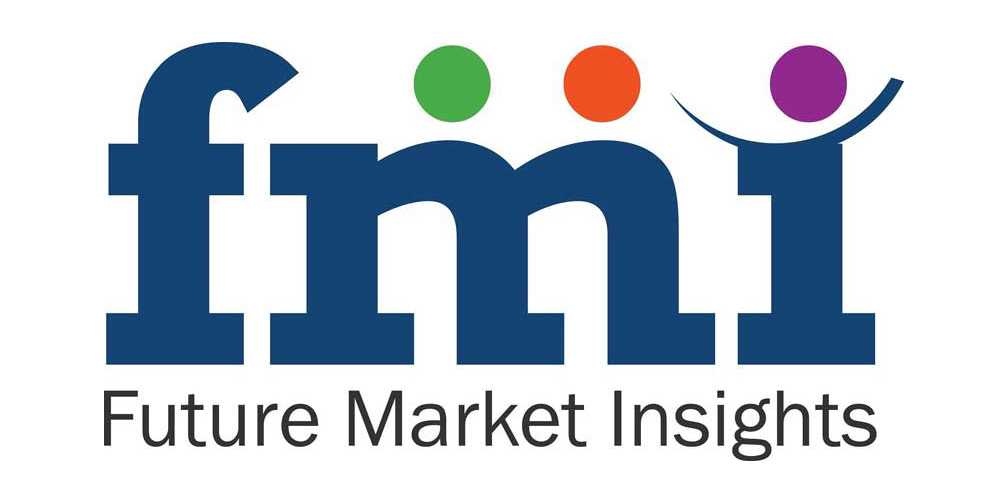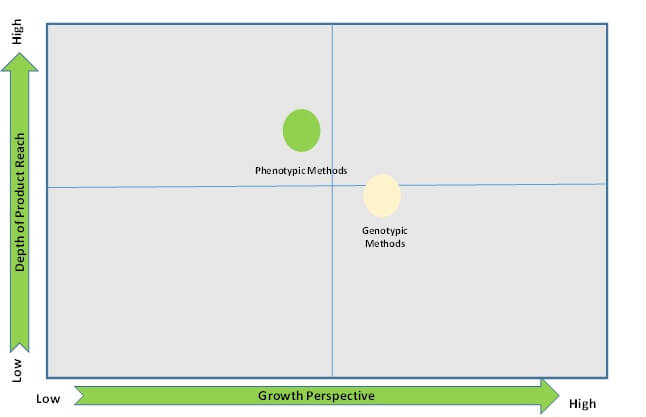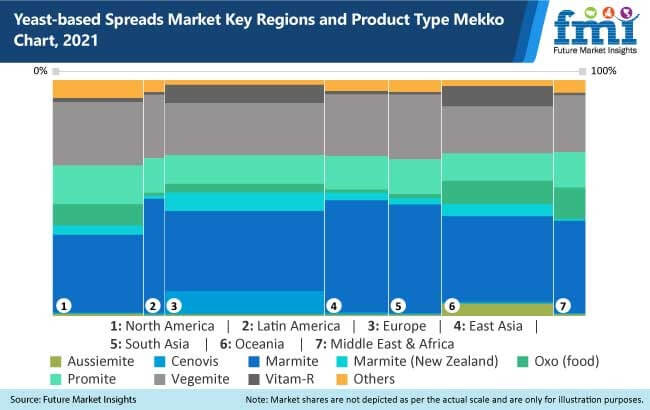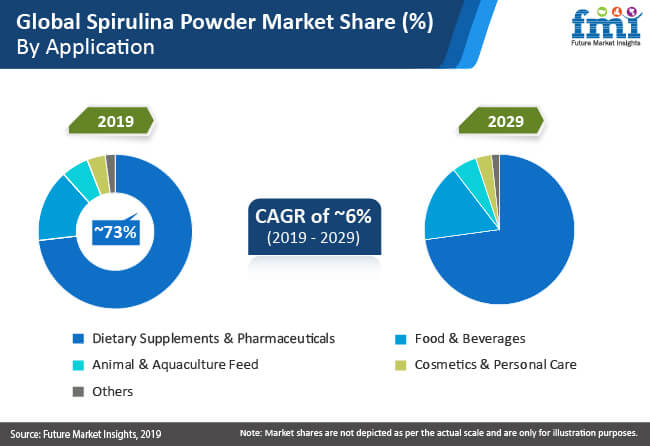FMI delivers key insights on the global hybrid vehicles market in its latest report titled, ‘Hybrid Vehicles Market: Global Industry Analysis and Opportunity Assessment 2016-2026.’ The long-term outlook of the global hybrid vehicles market remains positive, with market value expected to increase at a CAGR of 20.4% during the forecast period (2016-2026). Among the product types, the hybrid electric vehicles segment is expected to expand at a significant CAGR in terms of value over the forecast period. The global hybrid vehicles market for passenger cars is estimated to be valued at US$ 54.7 Bn by the end of 2016. Japan is estimated to account for a value share of 48.1% in the global hybrid vehicles market by 2016 end, and it is anticipated to retain its dominance throughout the forecast period. In this report, FMI throws light on the drivers and restraints likely to impact the global hybrid vehicles market during this period.
Request a Sample of this Report @ https://www.futuremarketinsights.com/reports/sample/rep-gb-43
Global Hybrid Vehicles Market: Factors Influencing Revenue Growth
The hybrid vehicles market is driven by various factors such as better fuel efficiency, incentives & subsidies offered by governments, rising prices of petroleum products, and reduction in air pollution, among others. Hybrid vehicles have better fuel efficiency than conventional vehicles, as apart from using IC engines, hybrid vehicles also use energy stored in a battery, which uses 80% of the energy for driving the vehicle, owing to the higher efficiency involved in converting the chemical energy of batteries into electrical energy. Using battery energy also minimizes the harmful carbon emissions involved with IC engines. Apart from this, various government authorities provide subsidies and incentives to the owners of hybrid vehicles. For instance, in China, the government offers subsidies ranging from US$ 6,750 to US$ 14,000, depending upon the size of the battery pack, to every purchase of a hybrid or electric vehicle. Cities such as Beijing and Shanghai offer free registration plates for electric hybrid vehicles.
The insufficient number of public charging stations hampers the growth of the plug-in hybrid vehicles sector, though portable charging systems are provided by manufacturers, which can be used at home or at the workplace. But while travelling between cities or during an emergency situation, this can cause difficulty to the consumers. Therefore, to fully explore the potential of plug-hybrid vehicles, a sufficient number charging stations are required, which will enhance the market for plug-in hybrid vehicles.
Download PDF Brochure @ https://www.futuremarketinsights.com/reports/brochure/rep-gb-43
Segmental Analysis of the Hybrid Vehicles Market
The hybrid vehicles market is segmented on the basis of product type, vehicle type, engine type, and powertrain configuration.
- The hybrid electric vehicles segment is anticipated to continue to dominate the market in terms of value over the forecast period. The hybrid electric vehicles segment is estimated to grow at a significant CAGR over the forecast period. It is expected to represent a total incremental opportunity of US$ 297 Bn between 2016 and 2026.
- The power split hybrid vehicles segment is projected to be the most prominent powertrain configuration in the hybrid vehicles market. The power split hybrid vehicles segment is estimated to grow at a significant CAGR of 22.7%, in terms of value, over the forecast period. The market for power split hybrid Vehicles is driven by the benefits they offer over parallel and series hybrid vehicles.
Hybrid Vehicles: Regional Market Projections
The hybrid vehicles market in Japan is expected to represent a significantly higher incremental opportunity between 2016 and 2026. The market for hybrid vehicles in Japan is expected to represent a total incremental opportunity of US$ 241 Bn between 2016 and 2026.
Key segments covered in the hybrid vehicles market report
On the basis of product type, the hybrid vehicles market can be segmented into:
- Hybrid Vehicles
- Plug-in Hybrid Vehicles
On the basis of vehicle type, the hybrid vehicles market can be segmented into:
- Passenger Cars
- Light Commercial Vehicles
- Heavy Commercial Vehicles
On the basis of engine type, the hybrid vehicles market can be segmented into:
- Parallel Hybrid
- Series Hybrid
- Power Split Hybrid
On the basis of powertrain configuration, the hybrid vehicles market can be segmented into:
- Gasoline Electric
- Diesel Electric
On the basis of region, the hybrid vehicles market can be segmented into:
- North America
- Latin America
- Western Europe
- Eastern Europe
- APEJ
- Japan
- Middle East & Africa (MEA)
Pre-Book Report @ https://www.futuremarketinsights.com/checkout/43
Hybrid Vehicles Market: Key Participants
The report highlights some of the top companies operating in the hybrid vehicles market, such as Ford Motor Company, General Motors Company, Honda Motor Co., Ltd., Daimler AG, Volkswagen AG, Renault SAS, Toyota Motor Corporation, Nissan Motor Corporation, Mitsubishi Motor Corporation, Hyundai Motor Company, and Bayerische Motoren Werke AG (BMW).
Top Reports Related To Automotive Market Insights
Golf Cart Market : Increasing urbanization and inclination towards the environment friendly options are key factors driving market of golf cart. As per a Future Market Insights (FMI) analysis, the global golf cart market is estimated to be valued at ~US$ 2.59 Bn in 2021, expanding at a CAGR of ~4.3% during the forecast period from 2021 to 2031. While the COVID-19 outbreak hampered sales to an extent, the market is likely to recover 2021 onwards.
Automotive Interior Leather Market : Globalization of the automobile industry and rising demand for automotive interior customization are expected to remain chief driving factors of the global automotive interior leather market. According to Future Market Insights (FMI), the global automotive interior leather market is estimated to be valued at ~US$ 29.9 Bn in 2021.
About FMI
Future Market Insights (FMI) is a leading provider of market intelligence and consulting services, serving clients in over 150 countries. FMI is headquartered in Dubai, the global financial capital, and has delivery centers in the U.S. and India. FMI’s latest market research reports and industry analysis help businesses navigate challenges and make critical decisions with confidence and clarity amidst breakneck competition. Our customized and syndicated market research reports deliver actionable insights that drive sustainable growth. A team of expert-led analysts at FMI continuously tracks emerging trends and events in a broad range of industries to ensure that our clients prepare for the evolving needs of their consumers.
Contact
Mr. Debashish Roy
Unit No: AU-01-H Gold Tower (AU), Plot No: JLT-PH1-I3A,
Jumeirah Lakes Towers, Dubai,
United Arab Emirates
MARKET ACCESS DMCC Initiative
For Sales Enquiries: sales@futuremarketinsights.com
For Media Enquiries: press@futuremarketinsights.com
Website: https://www.futuremarketinsights.com
Report: https://www.futuremarketinsights.com/reports/global-hybrid-vehicles-market
Press Release Source: https://www.futuremarketinsights.com/press-release/global-hybrid-vehicles-market



